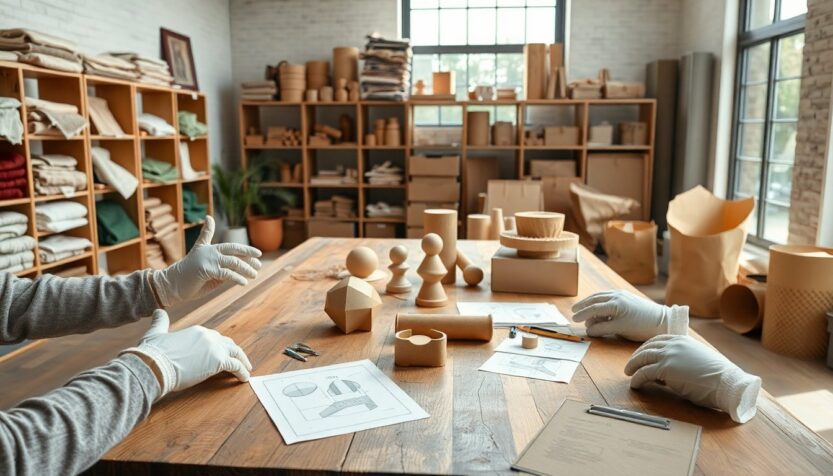Unlocking the potential of circular design in business
Circular design has emerged as a critical trend in sustainability, reshaping how companies approach their product life cycles.
Emerging sustainability trend
As industries face increasing pressure to reduce waste and minimize their environmental impact, circular design offers a viable solution. This approach emphasizes the reuse and recycling of materials, which not only conserves resources but also enhances brand value.
Business case and economic opportunities
Companies that adopt circular design can significantly reduce costs associated with raw materials and waste disposal. Additionally, they can tap into new revenue streams by creating products designed for longevity and recyclability. The business case for sustainability is clear: organizations that integrate these principles into their operations are better positioned for long-term success.
Implementing in practice
To implement circular design effectively, businesses should start by conducting a Life Cycle Assessment (LCA) to identify areas for improvement. Following this, companies can re-evaluate their supply chains to incorporate sustainable materials and processes. Engaging stakeholders across the value chain is essential for fostering a culture of sustainability.
Pioneering company examples
Several companies have successfully integrated circular design into their business models. For instance, Patagonia encourages customers to repair their gear instead of replacing it, while IKEA is committed to using only renewable or recycled materials by 2030. These pioneers showcase how sustainability can drive innovation.
Roadmap for the future
Looking ahead, businesses must prioritize circular practices to remain competitive. Companies should set clear targets for reducing their environmental footprint and embrace transparency by reporting their progress according to established standards, such as SASB and GRI. The future of business lies in sustainability, and circular design is at the forefront of this transformation.

